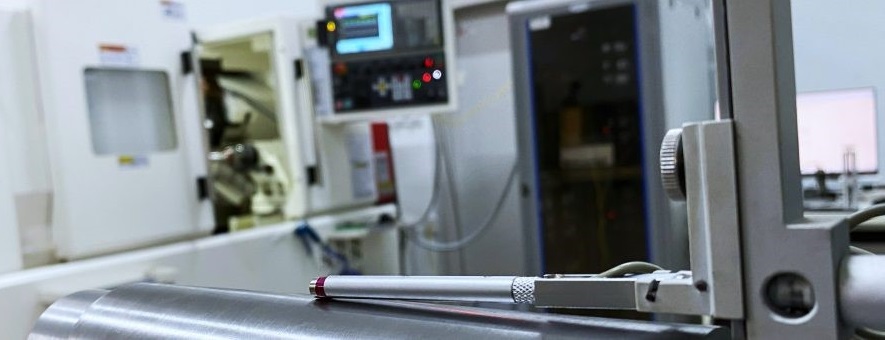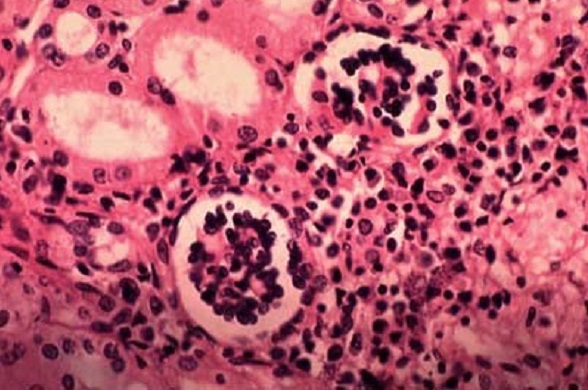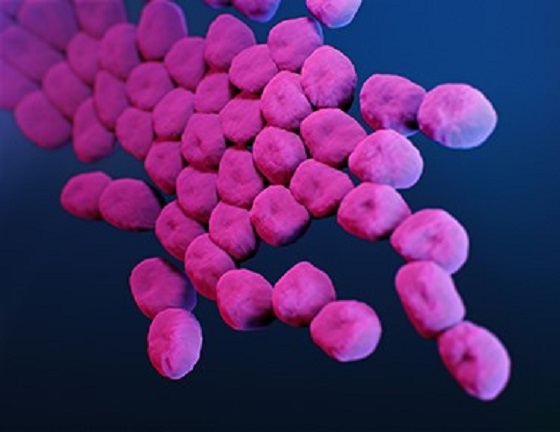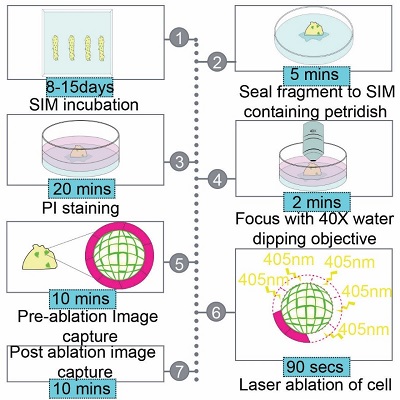
Graphical Abstract
A group of researchers from the Indian Institute of Science Education and Research (IISER), Pune and Thiruvananthapuram, has studied the process of plant regeneration to understand how the tiny plant cells know which way to go to create a whole new plant.
Callus is a group of cells, some of which can grow into an entire plant. “We found out that the cells in the callus have a preferred direction, like a compass needle. We call it ‘polarity’. This orientation determines whether the regeneration process will be successful or not. To understand this process better, we developed a method to watch these cells in action,” informs Dr Kalika Prasad, the lead researcher.
The regeneration of plants is perhaps one of the most spectacular natural phenomena. The findings unlock a new understanding of how plants regrow from callus and could help propagate plants more effectively.
“By studying how the cells align and organize, we figured out how these tiny plant cells know which way to go to create a whole new plant,” Dr Prasad explains.
The study provides an improved method to monitor the plant cells during regeneration. It could also be helpful in applications like transgenic crop development. Transgenic crops are plants that have been genetically modified to possess specific desirable traits, such as resistance to pests or tolerance to environmental conditions.
A group of researchers from the Indian Institute of Science Education and Research (IISER), Pune and Thiruvananthapuram, has studied the process of plant regeneration to understand how the tiny plant cells know which way to go to create a whole new plant.
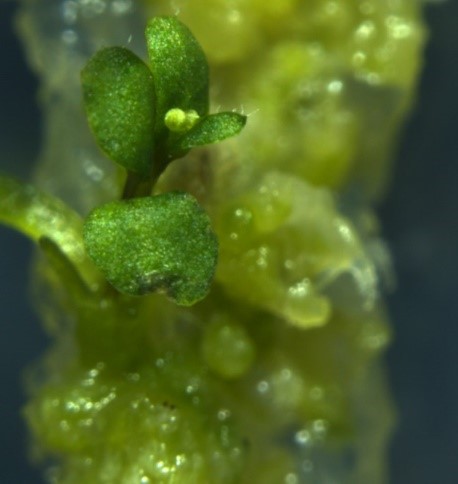
Shoot with flower bud regenerated from callus
“Stem cells are special cells that are important for creating different parts of plants and animals. It is not only important to have enough signals to activate these stem cells, but the cells also need to be oriented in the right direction,” observes Dr Prasad.
The ‘polarity’ or the preferred direction found in the callus decides whether the process of regeneration will be successful or not. “Getting the right orientation depends on the physical forces exerted by the neighbouring cells on each other,” Dr Prasad further explains.
The team used confocal microscopy, a super-advanced type of microscopy employing lasers to make special proteins glow. Using the model plant, Arabidopsis thaliana, they observed the protein in action and orientation of the cells and specifically removed certain cells using lasers. With time-lapse imaging, they watched the regeneration process.
The study emphasizes the importance of understanding cell behaviour and the physical forces that influence cell orientation. It can also help improve and optimize tissue culture protocols, making them more efficient. The team recommends considering the alignment of cells in callus tissue while creating genetically modified crops.
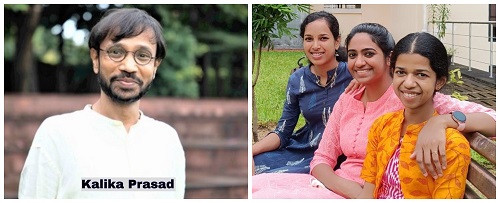
“This can increase the efficiency and success rate of creating transgenic crops with desired traits,” the researchers believe.
The team consists Mabel Maria Mathew, Anju Pallipurath Shanmukhan, Vijina Varapparambath, and Kalika Prasad. The study has been published in the STAR Protocols. It has been supported by the Department of Biotechnology (DBT), Government of India; the Science and Engineering Research Board (SERB), Government of India.
India Science Wire
ISW/SM/IIER/cell/Eng/07/06/2023


